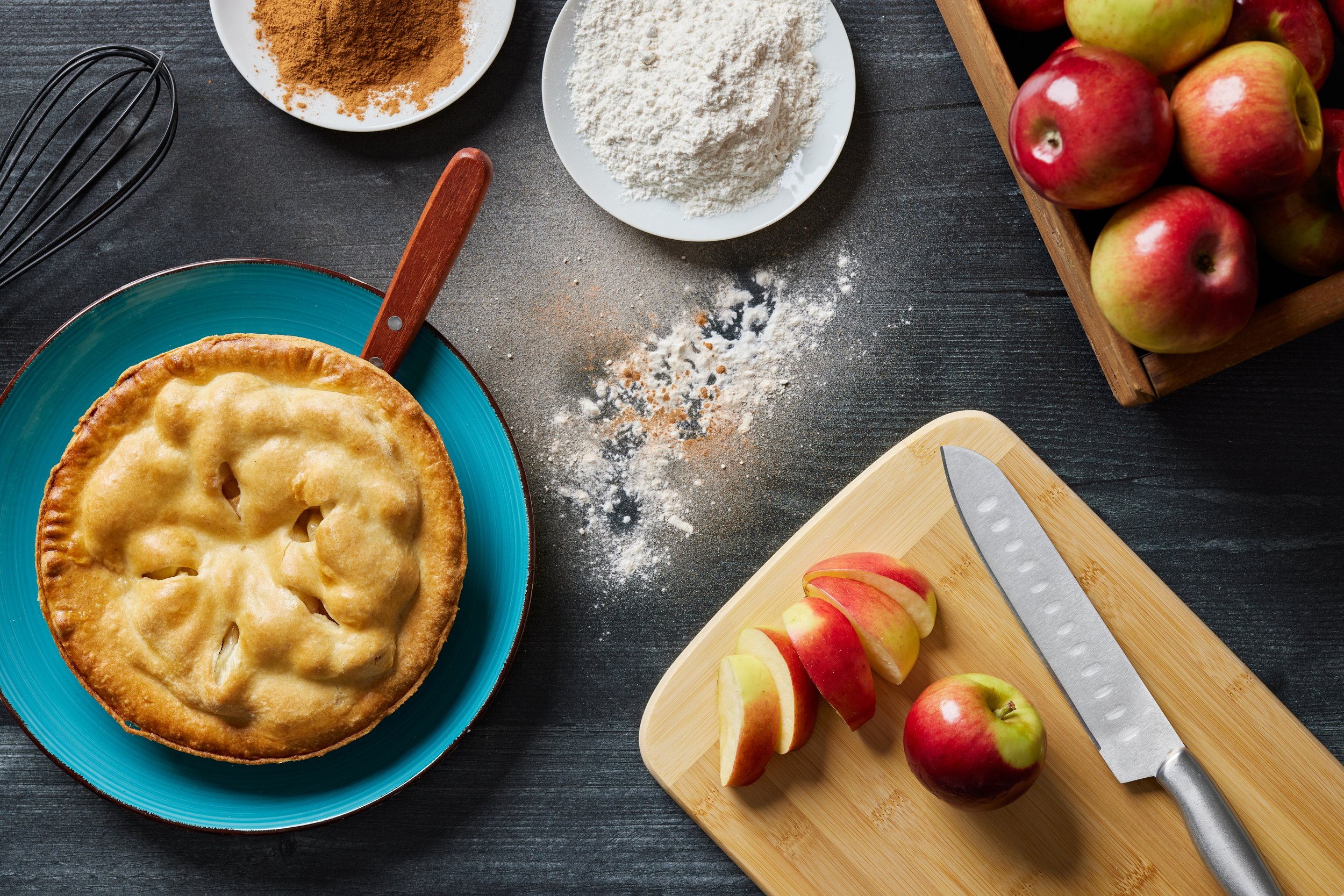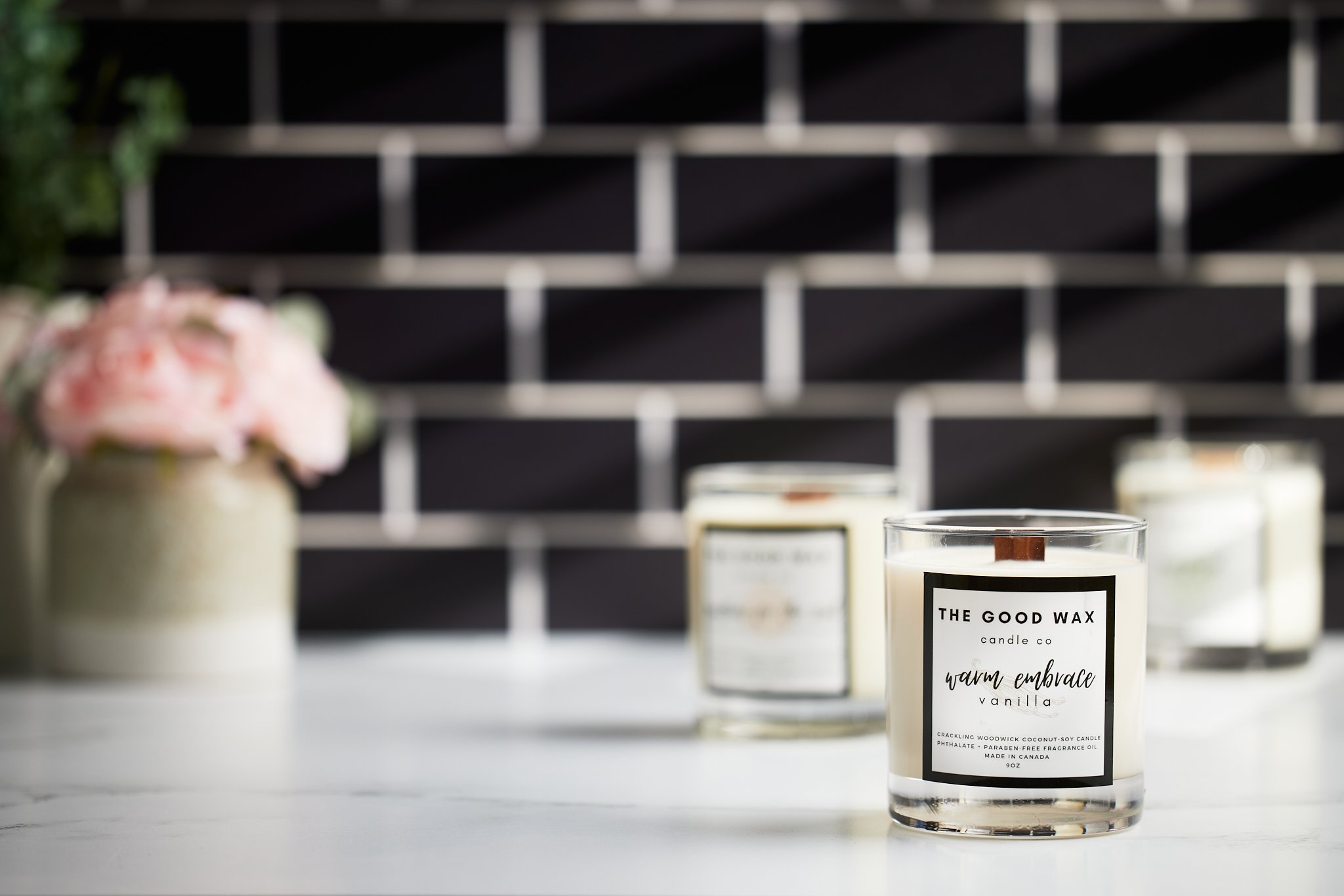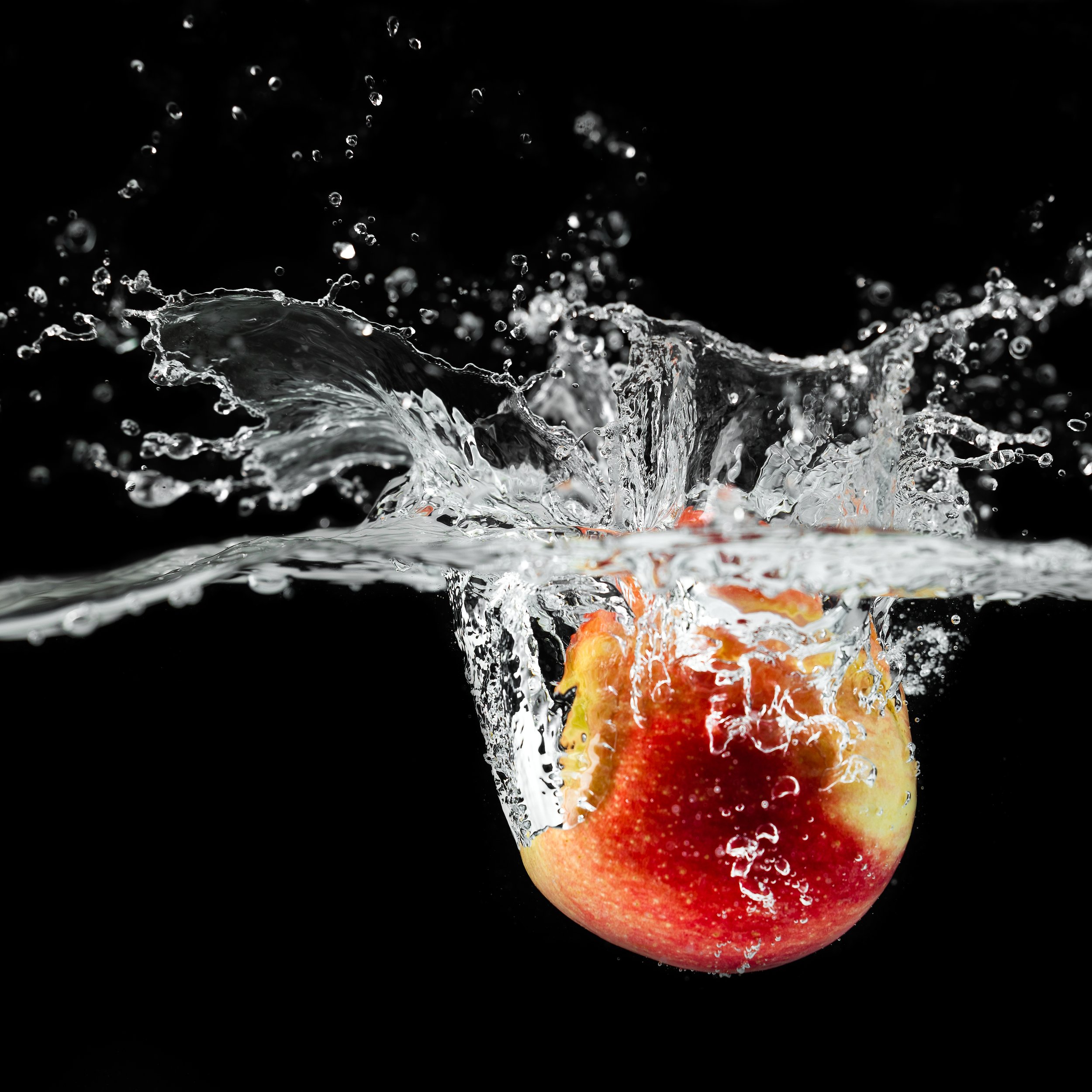Why the cost of quality photography?
You’ve thought about it. Maybe even read about it? But the real cost of high quality commercial photography comes down to a huge number of factors. To help us sift through all these possibilities, we need to first better understand what makes up, or goes in to professional imagery. Because hey! Why should you have to pay more than $20.00 for someone to just press a button?… If you’ve ever asked yourself that question, please check out this link!
Many of us think that photographers just, press a button, right?? Well, as it happens, pressing a button accounts for less than 0.001% of what actually goes into an image. Though, we absolutely love buttons!! With all that clicky, button-y goodness it just ma… sorry, button rant…
If not button pushing, then what??
Great question internet sleuth! The biggest factors of creating successful images are a mix of lighting, composition, optics, depth of field, desired output, subject movement, mood, color control, styling, post production, studio tools and more. Just a tad more than pushing a button, but to help understand all these factors, let’s deep dive into everything!
Lighting
“Oh no, I don’t use lights, I’m a natural light photographer!”
Ever heard that one before? Yep. Me too. Don’t get me wrong, natural light is beautiful and can create absolute amazing images… just, not all the time. Why you ask? Head outside at about 2:30 am and ask me again.
You see, natural light only has so much control. You can control how you place your subject in natural light, and perhaps even how much of it you use to bounce light back into the image… but that’s about it. You can’t control the temperature, height, location or intensity (sort of) of the sun. Now I know what you’re thinking, “Justin, the earth is flat and the sun isn’t real!!”, and well… you’d only be half right.
Controlling light is what gives us the ability to turn average looking images into finely tuned works of art. While there are definitely ways of manipulating natural light effectively, most of these methods are complimented even more by the ability to control that light with artificial light.
Specularity, diffusion, feathering, direction, inverse square law, focusing, color temperature, increasing or decreasing size and shape of light source and a plethora of other factors are just some of the properties we can use to manipulate light as professional photographers to help produce our desired results. Light is like a wild animal, if you train it properly, it will be the best darn pet polar bear you’ve ever had! Just ask my late uncle Remus…
The Physics of Photography
I bet you didn’t really think of photography as something that involved a lot of science, did you? I haven’t known you that long internet slooth, but I’m getting to know you pretty well!
Well it does. And quality photography demands respect of the laws of physics, or at least a basic understand of some principles. Like the inverse square law for example! When you increase the distance from a light source by 100%, you reduce the effective intensity by 75%. Double the distance, quarter the light.
Now it may not seem like such an important factor, but when taking this into consideration, it can turn white backgrounds black, increase the shadow density of a subject, increase the rate of light falloff, and give you 1000’s more variations when it comes to lighting than simply point a light at your subject.
Intensity creates drama!
By keeping this in mind, creating dramatic images effectively can be done when required. Shadow density plays a large part in these dramatic images, and adding more or less can help control the desired mood.
Shadows can add additional elements to images by control the color of either the key or fill light. “Color of light, you say?!? What on flat-earth are you referring to?!?”
Well sleuth, every light source has a unique temperature! We can this the Kelvin Scale!
Kelvin Temperature
Ever go to a house or business and they have those absolutely awful looking, cold lights that just make you want to leave?? Or a dim, candle lit room with that classic warm orange glow? Well, you can thank the good old Kelvin Scale for that!!
Showing Light’s True Colors!
No matter where you go, all the artificial lighting will have its own temperature. This is especially important when mixing light sources, or cross kelvin environments.
If you’re needing to match light sources to minimize poor color management, factoring the kelvin degree of each light source is crucial to establish a solid baseline. This will eliminate the need for extended post production hours trying to blend and match colors for varying light temperatures. By simply having the knowledge and the foresight to remember to balance your lighting sources, you are effectively controlling one very finicky aspect of high quality imagery.
If someone tells you “Well whatever, I can just fix it in photoshop”, it may be worth it to ask why they are unable to do it in camera?
Something that must certainly be done in camera is controlling the size, shape and intensity of the light that hits our subject.
Lighting Modifiers
When you purchase a new lamp from your favorite Swedish furniture store, you definitely can’t forget your lampshade! Well, so happens, you just purchased a lighting modifier!
Every put up white or lacy curtains over the window to help soften the light? Yep, you guessed it. Another modifier!
Modifiers come in all shapes and sizes. Many even have different interior reflective properties that change the output of the light leaving the front surface. But why the need for all these modifiers?? If we put a light in front of someone, light is light? Right?
Dead wrong, sleuthy!
Cut through of the parabolic light effect
In the example above, a parabolic softbox is used to control the output of light from a reverse mounted flash head. This particular modifier has a very rich control to the quality of light and with certain types of parabolic systems, can even be adjusted to focus the light further, while still maintaining a soft shadow edge transfer. Pretty snazzy, huh??
Parabolic light modifier with focusing rod system from Godox.
Softbox Diffusion, Grids, Shapes and Sizes
So what’s the big deal? Why all the need for different size modifiers, tricky adapters, ad ons and so forth…?
Well, there are many different models of cars or trucks for various reasons, right? Some jobs require a standard pickup truck for hauling small equipment, other companies require the need for large deliveries which require 18-wheelers, other jobs require you to change lanes without signaling for which a particular German made luxury vehicle might be best! Either way you spin it, every job requires a different tool.
Softbox shape and sizing
Various sizes of softboxes are available for a variety of applications. Not only that, but they also vary in shape! Why you ask? I knew you would!
This is all a matter of a few basic principles of light in photography. Specularity vs diffusion is what is most important when it comes to sizing. The smaller the light source (think, the sun in the sky) the stronger the shadows and harder the highlights we’ll have, vs diffusion (think overcast, cloudy day) which produces shadowless, soft light.
If you’re looking for that edgy, contrasty beach look for modeling or fashion, you may opt for a smaller light source that produces more specular highlights and contrasty colors. Whereas a soft, flattering look for even lighting without much contrast can be met with a larger light source. This is all relative of course to the distance our subject is away from our lights. Even if we have a 7’ softbox, from 100’ away it’s still going to become a relatively small, and thus specular light. The same can be said for smaller lights as well, bring em’ close and BOOM, larger light source. Keep in mind your inverse square law though for controlling that falloff!
Starting to get the idea yet that perhaps there might be more than just taking a photo with your iphone? Mmmm… yes. Thought so!
Grids are another essential tool when using softboxes and lighting modifiers. By using a grid (of which there are varying degrees of controll) we can effectively control the direction of the light further and reduce the spill onto other parts of our image.
Square Softbox With Fabric Grid
As seen in this example, a gridded softbox is being used up close to the subject to provide a large, soft light source yet still controlling the light and preventing spill at angles to the sides of the light. Combined with being closer to the subject, this results in a soft light with dramatic falloff for a moody, low key image.
Standard Bowens Mount Reflector
This example shows a typical Bowens mount 7” reflector used to create a basic control of light from a flash head or continuous light source. These modifiers are generally more specular, creating harsher highlights and stronger shadows.
While there is no end to lighting modifiers, or various tricks and modifications to certain modifiers, it is safe to say that without a large collection of studio modifiers, or the knowhow to use them effectively, you will be left with a basic, lackluster image that does not have the control or precision it otherwise could have. At Justin Dadswell Photography, we have a modifier for EVERY situation, EVERY complex lighting scenario, AND the education and experience to use them effectively. But, it doesn’t just come down to modifiers. What else you ask??? Well, I’m starting to take a liking to you sleuthy!
Let’s focus the lens here for a minute on another key component to high quality images and talk about… OPTICS!!! (See what I did there??…)
Optics
Lighting is great, but when that light eventually lands in front of our camera, a very critical process happens that is only possible with… you guessed it, lenses!
Lenses and the optics that make them all have unique abilities and purposes! There are a few different things that we factor in when selecting what lens is most appropriate for each job. These factors include lens speed, focal length, compression and design quality & resolution (not sensor resolution).
Let’s start with speed.
Every lens on the market, whether in film or photography, has a speed. This refers to the widest opening possible given the specific design of the lens and elements. While most standard lenses operate on a variable speed setting, or variable aperture (ie: f4.5-f5.6), most professional lenses operate with fixed apertures which are usually faster than most other consumer lenses. These are usually around the 2.8 aperture range, but can go as fast as the Carl Zeiss Super-Q-Gigantar 40mm f/0.33. Film or cinema lenses usually are marked with a T-stop, referring to how much light makes it to the sensor, while photo lenses use F-stops which refer to the overall widest aperture the lens is capable of reaching.
So we know lenses can have various speeds. But is it just about the speed? Woah woah woah, not so fast… (<——- …. Come on, give me some credit!???)
Selecting the fastest lens might be great, but what about depth of field? What does depth of field have to do with anything? I’m glad you asked!
Depth of field is not necessarily constant, as aperture and sensor distance has an impact on depth of field. This is especially important for creating commercial quality images as having tack sharp imagery can be of utmost importance to many brands wishing to show the extreme details of their product.
Alternatively, perhaps you are looking to create a very artsy portrait with the absolute lowest depth of field? For this, an extremely fast aperture producing a low d.o.f would be best suited. Keep in mind, depth of field is a sliding scale of depth depending on focal length. The actual depth of field with a 14mm lens at f2.8 would be VASTLY different than the d.o.f of a 600mm lens at f2.8, the latter offering substantially less depth of focus.
Compression
So depth of field is the only thing that changes with a 600mm lens? Not exactly. There are several other factors to consider, one of which is lens compression!
Lens compression is essentially the compression of the frame at longer focal lengths, as illustrated below.
Lens Compression Illustration
Not only does the subject get closer at longer focal lengths, but the actual width of what is captured in frame also becomes narrower. If you have a distracting background to the right or left of an image, a longer focal length can reduce or eliminate those distractions.
Retouching
So lets say we get all of our eggs in the right basket, now what?? Can’t we just slap a sepia toned filter on an image and call ourselves professionals!?!? Sure…. you go right ahead sweetheart. There there…
The reality is that every image is its own artistic creation that comes to us in the form of RAW files.
A raw file is essentially the hard data that hits the image sensor and is then interpreted by the post processing software. This gives us the most amount of dynamic range, exposure and color control. Professional raw image processors like Capture One Pro, an industry standard for commercial work, allows for the highest quality image processing available on the market. Raw images allow for maximum control, post shoot. If anyone tells you that JPEGs are good enough, delete their number.
Once we have processed our raw file, we move on to the editing stages. What goes in to the edit of just ONE image? Well, check it out for yourself in the video below!
Justin Dadswell Photography Retouching Sample Video
Well, I’m sure you’re aware by now that there is a HUGE amount of things that make up a high quality image, not just our favorite button clicking goodness. More than just your iphone, more than just what your budget may dictate, either way you slice it, quality comes first. And as they say, good work ain’t cheap, and cheap work ain’t good.


















